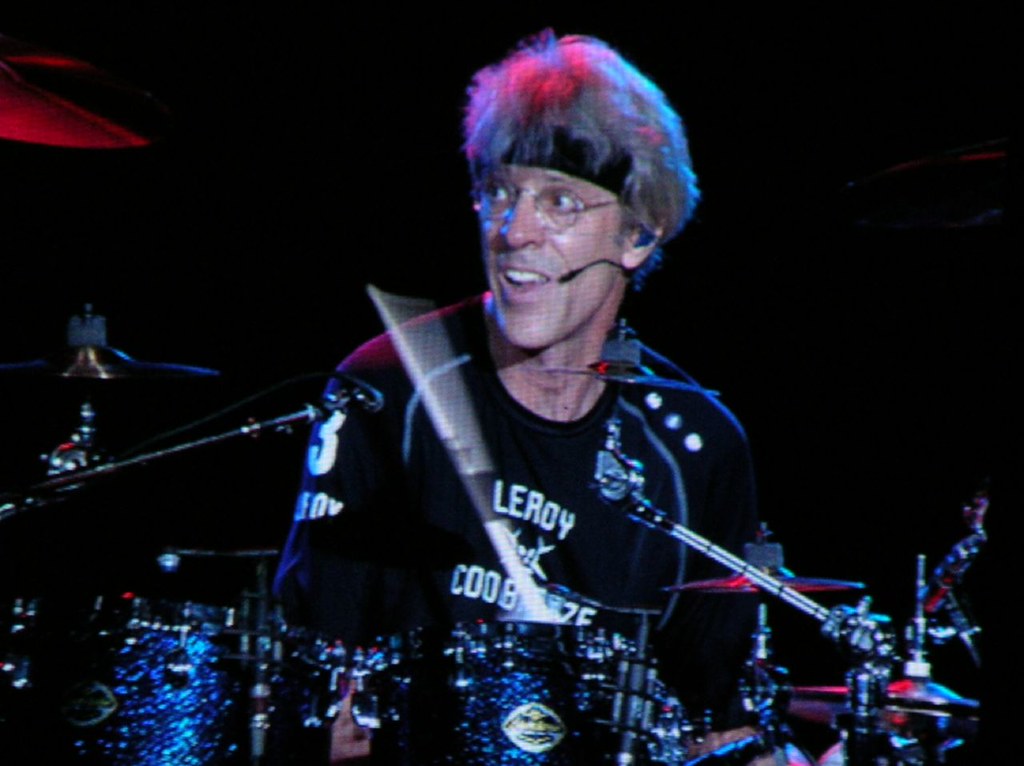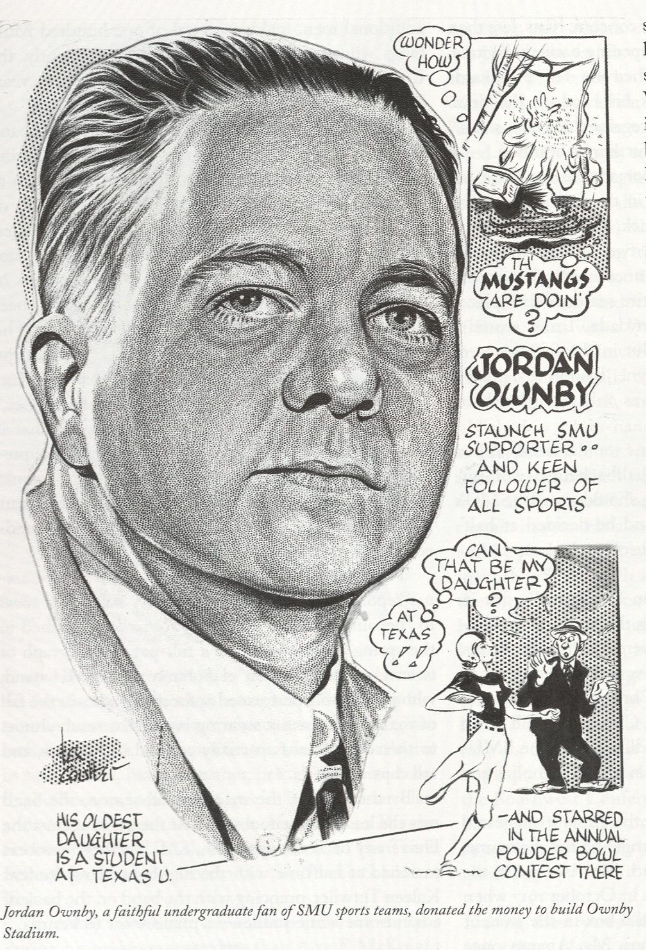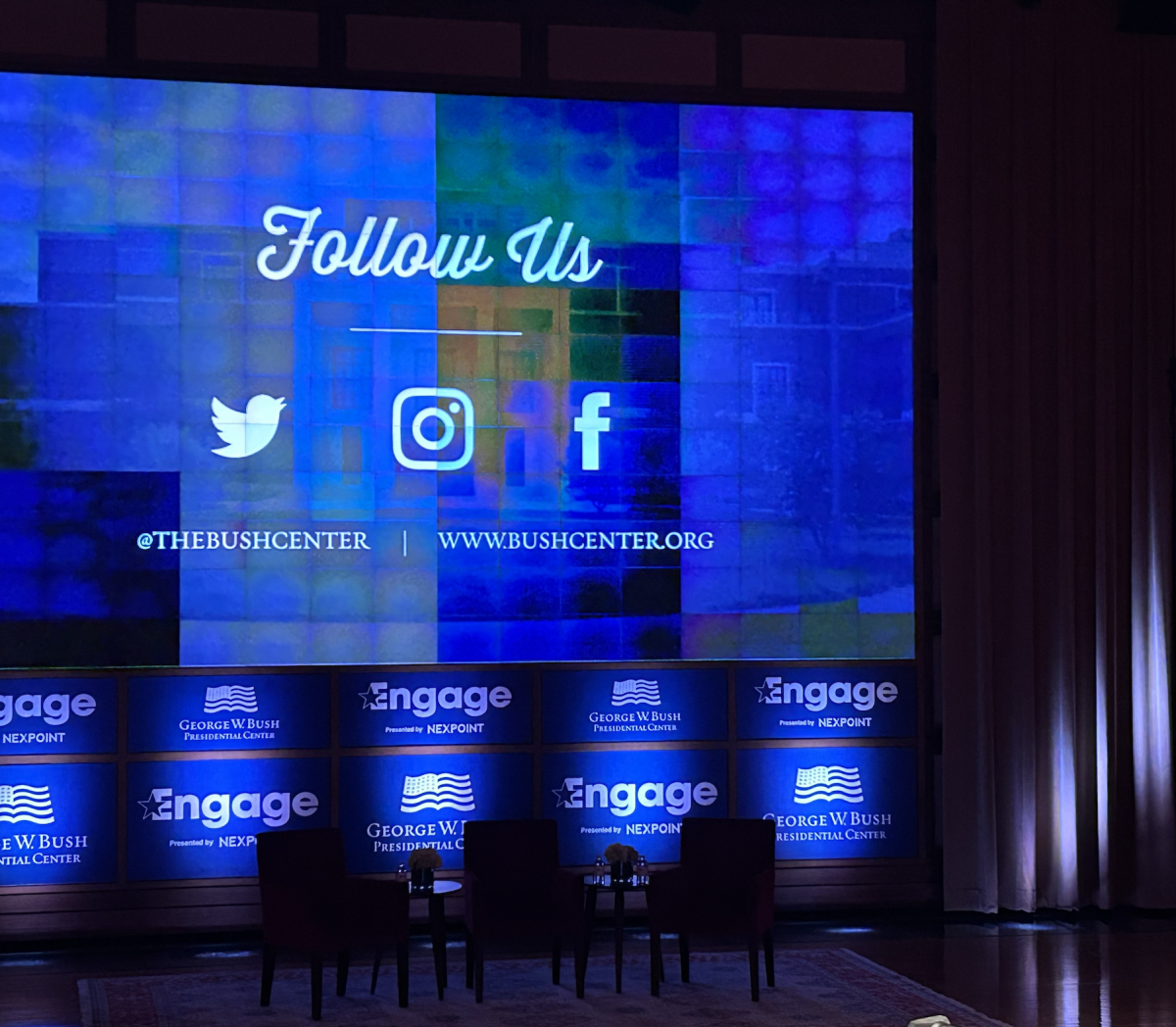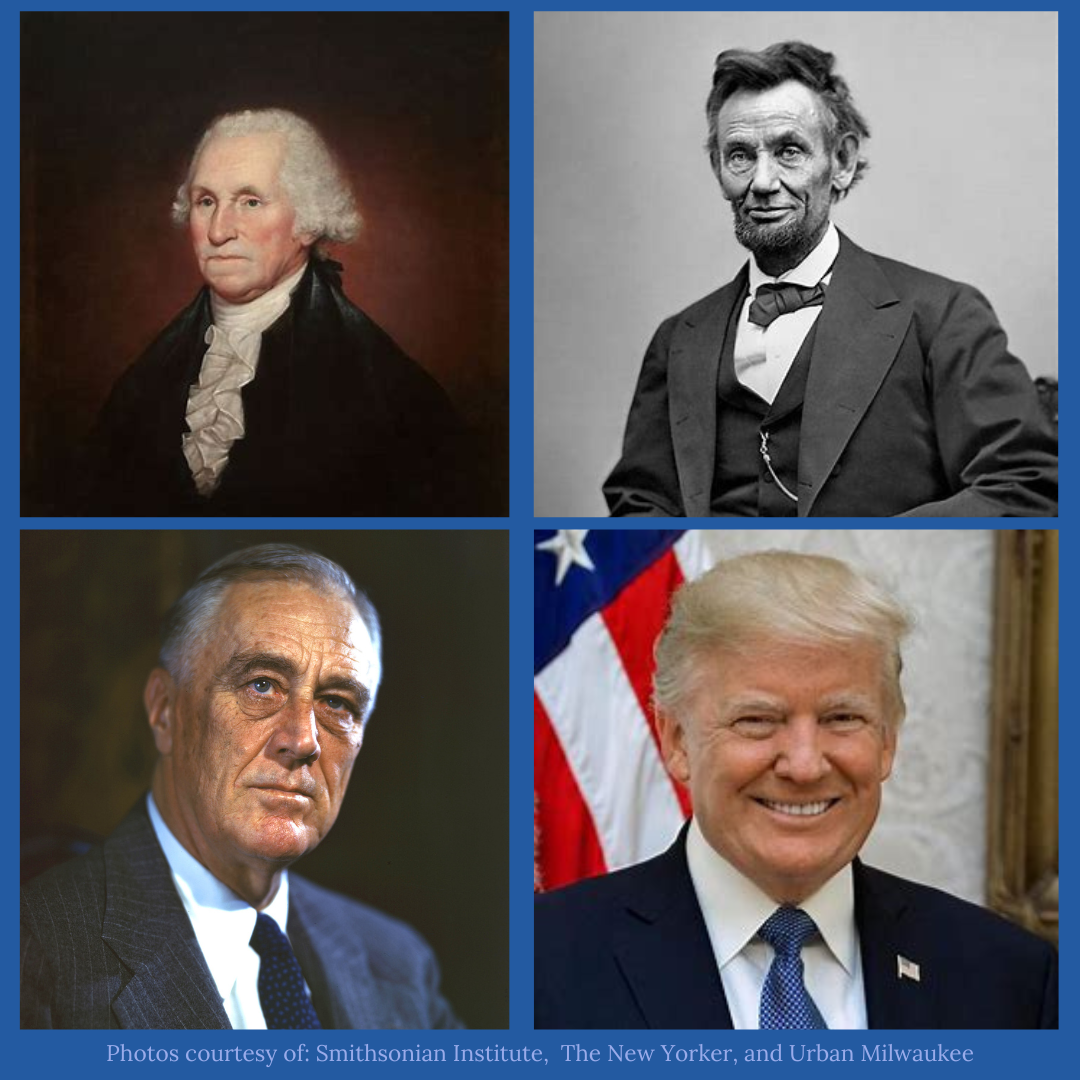Dallas at the time of the Kennedy assassination was a city of wide-brim hats and narrow viewpoints. Detectives wearing “Open Road” Stetsons in period photos provide the flavor. But it was the attitude, not the attire, that captured world attention.
A conservative city? Yes. But more important, the city harbored a branch of right-wing extremism that was uncharacteristic of other places. To the right-wingers, “commies” could be hiding under a neighbor’s bush; diversity and pluralism were foreign concepts.
In the papers of then-Mayor Earle Cabell at SMU’s DeGolyer Library are letters from people around the world who branded Dallas as the “city of hate.” A London man described the assassination as a crime committed “by the maniacs of your despised city.”
A New York World Telegram writer quoted a Dallas cabdriver as saying, “There are a bunch of nuts here in Dallas. We take them in, and we nurture them. We don’t do anything about them. I imagine the assassination will make Dallas change quite a bit.”
Civic leaders rejected the idea that Dallas was a “city of hate.” But the cabbie was right: The assassination did change Dallas.
In the early 1960s, Dallas was a city in which bigotry and prejudice were allowed to fester under the noses of civic leaders. Fifty years later, Dallas is a different place.
What set Dallas apart then was its patriarchal society – its oligarchy. Longtime civic leader Bob Cullum once defended the system to me, calling it a “service structure.” It was a way in which like-minded folks could climb the rungs, sit in the chairs and ascend to positions of power, or “service,” in the community.
But it was a don’t-come-if-not-invited power structure. Whether for City Council, school board or state Legislature, candidates had to be slated by establishment groups to win. The Citizens Charter Association slated City Council candidates. The Committee for Good Schools slated Dallas school board candidates. And the Democratic Committee for Responsible Government picked legislative candidates. Candidates ran either city- or countywide, and those who appeared on the approved slates had the advantage.
Meanwhile, the establishment virtually ignored right-wing elements that threatened the civility of the city.
Dallas was the only city on the president’s trip where people were concerned about his safety. Some leaders tried to persuade him not to come. That environment didn’t exist in Fort Worth or Houston or San Antonio.
Two events have long been cited as evidence of the unhealthy political climate in Dallas.
Days before the 1960 election, vice presidential candidate Lyndon Johnson and his wife, Lady Bird, were jostled by placard-carrying hecklers as they tried to cross the street to the Adolphus Hotel. One of the mob leaders was Dallas’ Bruce Alger, Texas’ lone Republican in the U.S. House.
LBJ claimed they were spat upon and, in an oft-quoted remark, said, “I only hope the day never comes when a man cannot walk his lady across the street in Dallas.”
In October 1963, United Nations Ambassador Adlai Stevenson was struck on the head with a sign carried by a woman picket, after he delivered a speech that was disrupted by 100 right-wing protesters who wanted the United States out of the U.N.
Ironically, Mayor Cabell suggested that the city had an opportunity to redeem itself from the Stevenson embarrassment when the president came to town.
Kennedy’s trip actually was designed to repair divisions in the Texas Democratic Party between factions led by Gov. John Connally, then a conservative Democrat, and liberal U.S. Sen. Ralph Yarborough. Most Texans were Democrats, but the party was split between conservatives and liberal-loyalists.
Since the Dallas luncheon was sponsored by conservative business leaders – the Dallas Citizens Council – liberal-loyalists were left out of the planning. According to Darwin Payne, Dallas historian and former journalist and professor, Barefoot Sanders (who would become a federal judge) went to the powers-that-be and demanded lunch tickets for Democratic Party loyalists.
The visit also was designed to boost JFK in Texas. A Houston Chronicle poll the day of the assassination showed Republican Barry Goldwater leading in Texas a year before the election. And LBJ wanted to make sure he was picked again as vice president by building support for the ticket in Texas.
It was a multifaceted political plot that quickly became unimportant after the assassination.
Texas was so traumatized by the assassination, and LBJ’s personal power as new president was so strong, that previous Republican gains in the state were wiped out in 1964. Ten of 11 GOP seats in the 150-member Texas House were lost – yes, the Texas Legislature was then overwhelmingly Democrat — and George H.W. Bush lost his bid for a U.S. Senate seat.
As for Dallas, the city began a soul-searching that would result in a moderation of viewpoints over time. The first indication of change came when Mayor Cabell, with support from civic and business leadership, ran for Congress, defeating Alger.
Erik Jonsson, a moderate Republican, became mayor and launched the Goals for Dallas program, in which citizens from all walks of life set goals for the city’s future.
The color barrier finally was broken by the first successful black candidates – to the Legislature in 1966, the Dallas school board in 1968 and the City Council in 1969. Then, the sea change occurred in the 1970s when lawsuits forced single-member districts – in the Legislature, on the school board and City Council – and essentially ended the control of the power structure over local politics.
Today, Dallas is more diverse, pluralistic and tolerant – a more cosmopolitan city that appreciates different viewpoints and ethnic groups. Dallas has had a black mayor and police chief, black and Hispanic city managers and school superintendents, and more women and minorities in all positions of power.
Republicans rule, but their our-way-or-the-highway attitude is a national attitude, not unique to Dallas.
The late Stanley Marcus, retail icon and longtime conscience of the city, delivered a piece of wisdom almost 50 years ago that resonates today. In a Jan. 1, 1964, newspaper advertorial (“What’s right about Dallas”) found in his files in the DeGolyer Library, Marcus said:
“It is the absolutist, whether of left or right, that democracy has to fear. This is the man who thinks that he alone possesses wisdom, patriotism and virtue, who recognizes no obligation to accept community decisions with which he disagrees, who regards any means as justified by the end, who views the political process as a power struggle to impose conformity rather than a means to reconcile differences.
“Democracy is a method of reaching a consensus,” he wrote. “Those who reject the consensus reject democracy.”
Carolyn Barta is a journalism professor and former editorial writer/columnist for The Dallas Morning News, where a version of this column previously appeared. Prof. Barta will moderate a panel discussion on “The Oswald Photo at 50,” the Pulitzer Prize-winning photo of Jack Ruby shooting Lee Harvey Oswald, at 3 p.m. Thursday in O’Donnell Hall, Owen Arts Center.














